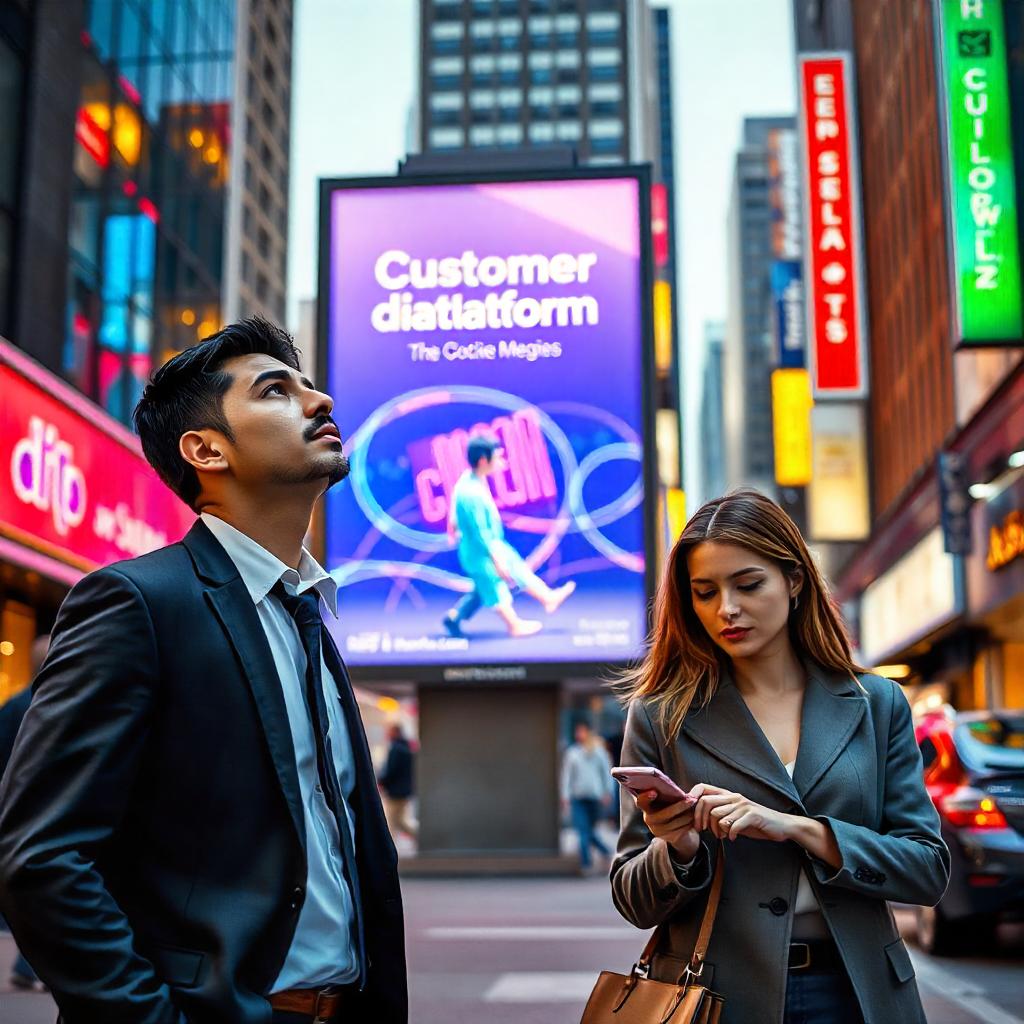Marketing Forecasting
Marketing forecasting is the process of estimating future trends, customer behaviors, and sales performance based on historical data, market research, and predictive analytics. It plays a vital role in helping businesses make informed decisions about their marketing strategies, budgets, resource allocation, and overall business planning.
Unlock Your Writing Potential and Start Earning Today with our read online E-book
Benefits of Marketing Forecasting
- Improved Decision-Making:
- Accurate marketing forecasts provide businesses with insights that help in making informed decisions about marketing budgets, campaign strategies, and resource allocation. This leads to better alignment of marketing efforts with business goals.
- Budget Efficiency:
- By predicting future market conditions, businesses can allocate their marketing budget more effectively, ensuring that funds are spent on strategies and channels that will yield the best return on investment (ROI).
- Risk Management:
- Forecasting helps identify potential risks and challenges before they occur, enabling businesses to take proactive measures to mitigate them. This is particularly useful for managing external factors like economic downturns or changes in consumer behavior.
- Optimized Marketing Campaigns:
- Forecasts enable businesses to predict which campaigns will likely succeed, based on historical performance and market trends. This allows for the optimization of campaigns to ensure higher effectiveness.
- Trend Identification:
- Marketing forecasting helps businesses stay ahead of industry trends by analyzing patterns and predicting future market developments. Recognizing emerging trends allows businesses to innovate and maintain a competitive edge.
- Better Resource Allocation:
- By predicting marketing needs and demand fluctuations, businesses can efficiently allocate resources, such as personnel and budget, to high-priority marketing initiatives.
Key Components of Marketing Forecasting
- Historical Data Analysis:
- Reviewing past performance and sales data is one of the primary inputs for marketing forecasting. By understanding past trends, businesses can predict future behaviors and trends with greater accuracy.
- Market Research:
- Gathering information on consumer preferences, market conditions, and competitor activities helps refine forecasts. Market research can be conducted through surveys, focus groups, social media insights, and industry reports.
- Customer Insights:
- Understanding customer needs, buying behaviors, and purchasing trends is critical for accurate forecasting. This can be achieved through customer segmentation, surveys, and analysis of customer interactions across touchpoints.
- Predictive Analytics:
- Leveraging data analytics tools to analyze past data and predict future trends is a key component of modern marketing forecasting. Predictive analytics uses algorithms and machine learning to provide insights that can shape marketing strategies.
- Economic and Industry Trends:
- External factors, such as economic conditions, technological advancements, and industry-specific trends, are crucial for forecasting. Changes in these areas can significantly impact consumer behavior and market dynamics.
Types of Marketing Forecasting
- Quantitative Forecasting:
- This method uses numerical data and statistical models to predict future trends. Examples of quantitative techniques include time-series analysis, regression analysis, and moving averages.
- Example: Analyzing sales data from the past 12 months to predict sales for the next quarter.
- Qualitative Forecasting:
- Qualitative forecasting relies on expert opinions, customer feedback, and market research to predict future trends. This method is often used when there is limited historical data or when forecasting new product launches or market conditions.
- Example: Gathering input from key stakeholders, industry experts, or focus groups to forecast the potential success of a new product.
- Causal Forecasting:
- Causal forecasting identifies relationships between variables (e.g., how changes in advertising spend or pricing strategies impact sales). This method relies on identifying factors that influence trends.
- Example: Analyzing the impact of a price increase on customer demand and adjusting marketing strategies accordingly.
- Simulation Forecasting:
- This involves creating models or simulations of various scenarios to estimate future outcomes. It helps businesses understand potential outcomes under different conditions and make contingency plans.
- Example: Running simulations to predict the impact of economic changes on consumer behavior or the effect of a new competitor entering the market.
Tools and Techniques for Marketing Forecasting
- Sales and Marketing Dashboards:
- Dashboards aggregate real-time data and provide visual representations of key metrics, helping businesses make data-driven forecasting decisions. These tools integrate data from various marketing channels and customer interactions.
- Customer Relationship Management (CRM) Systems:
- CRM systems store valuable customer data and interaction history, which can be leveraged to forecast customer behavior, such as purchasing patterns and engagement levels.
- Google Analytics:
- Google Analytics provides insights into website traffic, user behavior, and conversion rates, which can be used for forecasting digital marketing trends and campaign performance.
- Predictive Analytics Platforms:
- Tools like IBM SPSS, SAS, and Tableau use predictive analytics to help businesses identify trends and forecast future demand. These platforms integrate machine learning and artificial intelligence to improve the accuracy of forecasts.
- Marketing Automation Tools:
- Platforms like HubSpot, Marketo, and Salesforce provide marketing automation capabilities and predictive analytics to help businesses forecast campaign performance and customer behavior.
Challenges in Marketing Forecasting
- Data Accuracy:
- The quality of forecasts depends on the accuracy and completeness of the data used. Inaccurate or outdated data can lead to flawed predictions and misguided marketing strategies.
- Changing Consumer Behavior:
- Consumer preferences and behaviors can change rapidly, making it difficult to predict future trends with complete certainty. Businesses must stay flexible and adapt quickly to market shifts.
- External Factors:
- Unexpected economic shifts, technological disruptions, or changes in regulatory environments can impact marketing forecasts, making it hard to predict outcomes accurately.
- Dependence on Historical Data:
- Forecasting relies heavily on historical data, which may not always reflect future trends, especially in fast-changing industries or during periods of market disruption.
- Complexity of Analysis:
- Effective forecasting requires advanced analytics and expertise, which may not be available in all organizations. Proper training and tools are essential for accurate predictions.
Start Your Digital Business Today for Just 20 USD
Best Practices for Effective Marketing Forecasting
- Use a Combination of Methods:
- Combining quantitative and qualitative forecasting methods provides a more balanced and accurate view of future trends. Using different forecasting approaches helps mitigate the limitations of relying on one method.
- Regularly Update Forecasts:
- Marketing forecasts should be updated regularly to reflect changes in the market, customer behavior, and other influencing factors. Real-time data and dynamic forecasting models are key to staying accurate.
- Collaborate Across Teams:
- Involve cross-functional teams, such as sales, marketing, and finance, in the forecasting process. A collaborative approach ensures that different perspectives and insights are considered.
- Monitor Key Metrics:
- Tracking key performance indicators (KPIs) such as customer acquisition cost, customer lifetime value, and conversion rates helps refine forecasts and adjust strategies accordingly.
- Test and Validate Predictions:
- Continuously test and validate forecasts by comparing them to actual outcomes. This helps improve the accuracy of future predictions and informs better decision-making.










